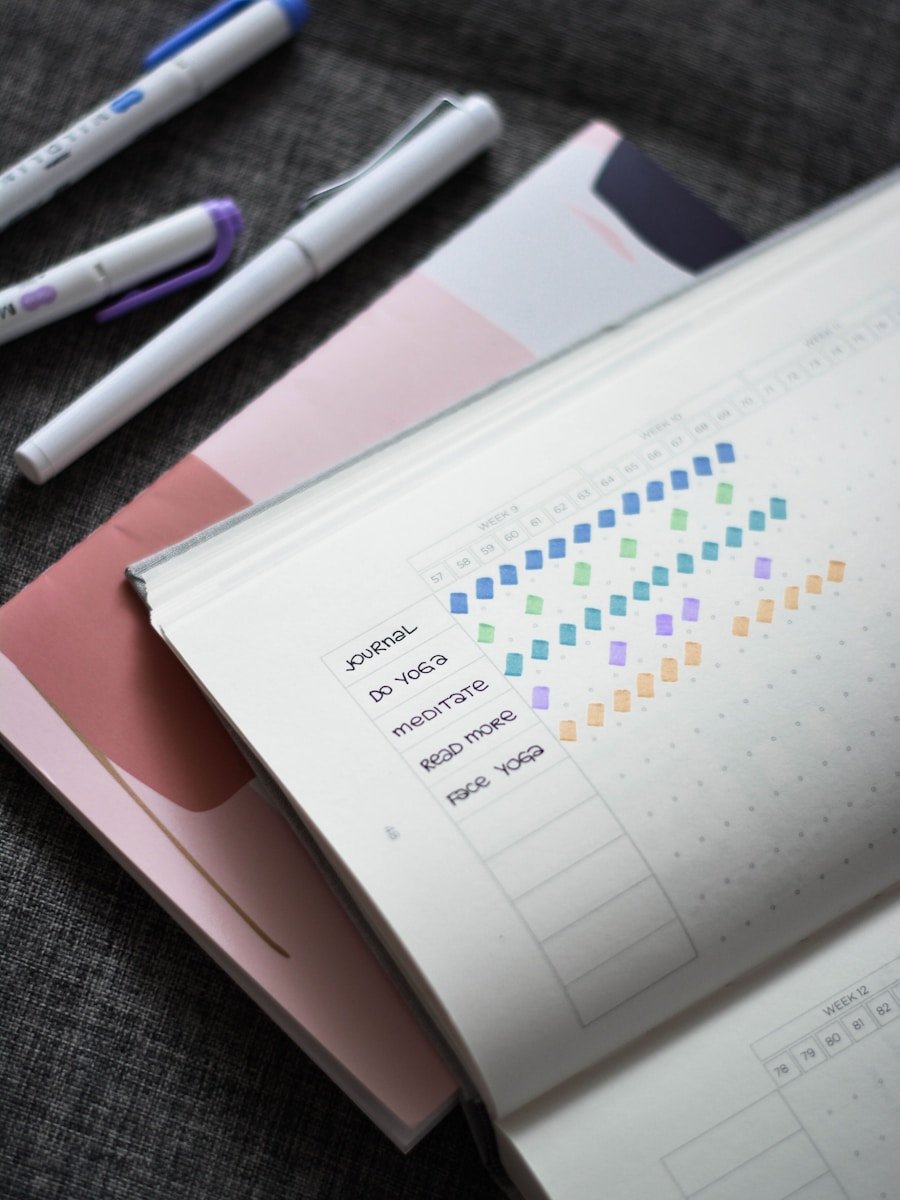1. What is a relapse prevention plan?
A relapse prevention plan is a personalized strategy designed to help individuals who are recovering from addiction or harmful behaviors to avoid relapsing back into their old habits. It involves identifying triggers, developing coping mechanisms, and creating a support system to maintain long-term recovery.
Creating a relapse prevention plan is crucial for individuals who have completed treatment programs or are in the early stages of recovery. It provides them with a roadmap to navigate potential challenges and stay on track towards their goals.
Here are some key steps to consider when creating a relapse prevention plan:
- Identify triggers: Reflect on past experiences and identify situations, people, or emotions that may trigger cravings or temptations.
- Develop coping strategies: Explore healthy coping mechanisms such as exercise, mindfulness, therapy, or engaging in hobbies that can help manage stress and cravings.
- Create a support network: Surround yourself with supportive friends, family members, or join support groups like Alcoholics Anonymous (AA) or Narcotics Anonymous (NA).
- Set realistic goals: Establish achievable short-term and long-term goals that align with your recovery journey.
- Create an emergency plan: Prepare for potential setbacks by outlining specific actions you can take if you feel at risk of relapse.
- Maintain self-care practices: Prioritize self-care activities like getting enough sleep, eating well-balanced meals, and practicing relaxation techniques.
- Monitor progress: Regularly assess your progress, celebrate milestones, and make necessary adjustments to your plan.
By following these steps and personalizing them to your unique situation, you can create a relapse prevention plan that supports your recovery journey.
2. Why is a relapse prevention plan important?
A relapse prevention plan is essential for individuals in recovery as it helps them stay focused on their goals and maintain sobriety. Here are some reasons why a relapse prevention plan is important:
- Builds resilience: A relapse prevention plan equips individuals with the tools and skills needed to overcome cravings or temptations.
- Promotes self-awareness: Creating a relapse prevention plan requires self-reflection, which helps individuals gain a deeper understanding of their triggers, vulnerabilities, and strengths.
- Provides structure: Having a structured plan in place provides a sense of direction and purpose during the recovery process.
- Fosters accountability: A relapse prevention plan holds individuals accountable for their actions and encourages them to take responsibility for their recovery journey.
A well-designed relapse prevention plan can significantly reduce the risk of relapse by providing individuals with the necessary tools, support, and strategies to navigate challenges effectively.
3. How do I identify my triggers?
Identifying triggers is an essential step in creating an effective relapse prevention plan. Here are some strategies to help you identify your triggers:
- Reflect on past experiences: Take time to reflect on previous instances of relapse or situations where you were tempted to engage in harmful behaviors. Identify common factors or patterns that may have contributed to those situations.
- Keep a journal: Maintain a journal where you can record your thoughts, emotions, and experiences related to cravings or temptations. Look for recurring themes or triggers.
- Seek professional guidance: Consult with a therapist or addiction counselor who can help you explore underlying issues and identify potential triggers.
- Talk to supportive individuals: Discuss your recovery journey with trusted friends, family members, or support group members. They may provide insights into triggers that you may not have considered.
Remember, triggers can be external (such as specific people, places, or events) or internal (such as certain emotions or thought patterns). By identifying your triggers, you can develop strategies to avoid them or cope with them effectively.

4. How do I develop coping strategies?
Developing effective coping strategies is crucial for maintaining long-term recovery and preventing relapse. Here are some steps to help you develop coping strategies:
- Educate yourself: Learn about different coping mechanisms and techniques that have been proven effective in managing stress and cravings.
- Try various coping techniques: exercise, deep breathing, meditation, journaling, art therapy, or joyful hobbies. Experiment and find what works.
- Create a toolbox of coping mechanisms: Identify the coping strategies that work best for you and compile them into a toolbox that you can access whenever needed.
- Prioritize self-care: Get enough sleep, eat nutritious meals, stay hydrated, and engage in relaxing activities for well-being.
- Seek professional support: Consider working with a therapist or counselor who can guide you in developing personalized coping strategies based on your unique needs and circumstances.
Remember, coping strategies may vary from person to person. It’s important to find what works best for you and incorporate those strategies into your relapse prevention plan.
5. How do I create a support network?
A strong support network is crucial for maintaining recovery and preventing relapse. Here are some steps to help you create a support network:
- Identify supportive individuals: Reach out to friends, family members, or mentors who are understanding, non-judgmental, and supportive of your recovery journey.
- Join support groups: Consider joining support groups/recovery-focused groups where you can connect with individuals who have similar experiences.
- Attend therapy or counseling sessions: Engage in individual therapy or group counseling sessions where you can receive professional guidance and connect with others who are also on the path to recovery.
- Utilize online resources: Explore online forums, chat rooms, or virtual support groups that provide a safe space for individuals in recovery to connect and share their experiences.
A strong support network provides encouragement, accountability, and understanding during challenging times. Remember to reciprocate support and be an active participant in your support network.
6. How do I set realistic goals?
Setting realistic goals is an important aspect of creating a relapse prevention plan. Here are some tips to help you set realistic goals:
- Start small: Begin by setting achievable short-term goals that align with your overall recovery journey.
- Be specific: Clearly define your goals, making them measurable and attainable. For example, instead of setting a vague goal like “exercise more,” specify a goal like “go for a 30-minute walk three times a week.”
- Prioritize: Identify the most important areas of your life that need improvement and focus on setting goals in those areas.
- Celebrate milestones: Acknowledge and celebrate each milestone you achieve along the way. This will help boost motivation and reinforce positive behaviors.
- Reassess regularly: Regularly review and reassess your goals to ensure they remain relevant and aligned with your changing needs and circumstances.
Remember, setting realistic goals helps maintain motivation, build confidence, and provides a sense of accomplishment as you progress on your recovery journey.
Table summarizing the information in the article:
| # | Question | Brief Summary |
|---|---|---|
| 1 | What is a relapse prevention plan? | A relapse prevention plan is a personalized strategy designed to help individuals in recovery avoid relapsing into old habits by identifying triggers, developing coping mechanisms, and creating a support system. |
| 2 | Why is a relapse prevention plan important? | A relapse prevention plan is important as it helps individuals stay focused on their goals, identifies triggers, builds resilience, promotes self-awareness, provides structure, and fosters accountability. |
| 3 | How do I identify my triggers? | To identify triggers, reflect on past experiences, keep a journal, seek professional guidance, and talk to supportive individuals. Triggers can be external or internal, and identifying them helps in developing strategies to avoid or cope with them effectively. |
| 4 | How do I develop coping strategies? | To develop coping strategies, educate yourself, experiment with different techniques, create a toolbox of coping mechanisms, practice self-care, and seek professional support. Coping strategies may vary from person to person, so it’s important to find what works best for you. |
| 5 | How do I create a support network? | To create a support network, identify supportive individuals, join support groups, attend therapy or counseling sessions, and utilize online resources. A strong support network provides encouragement and understanding during challenging times. |
| 6 | How do I set realistic goals? | To set realistic goals, start small, be specific, prioritize areas of improvement, celebrate milestones, and reassess regularly. Setting realistic goals helps maintain motivation and provides a sense of accomplishment. |
Conclusion
In conclusion, creating a relapse prevention plan is crucial for individuals in recovery. By identifying triggers, developing coping strategies, creating a support network, setting realistic goals, and practicing self-care, individuals can reduce the risk of relapse and maintain long-term recovery. A relapse prevention plan provides structure, accountability, and self-awareness, while a strong support network offers encouragement and understanding. Setting realistic goals and regularly reassessing them helps maintain motivation. Overall, creating a relapse prevention plan is an ongoing process that requires commitment and personalization to navigate the recovery journey successfully.






